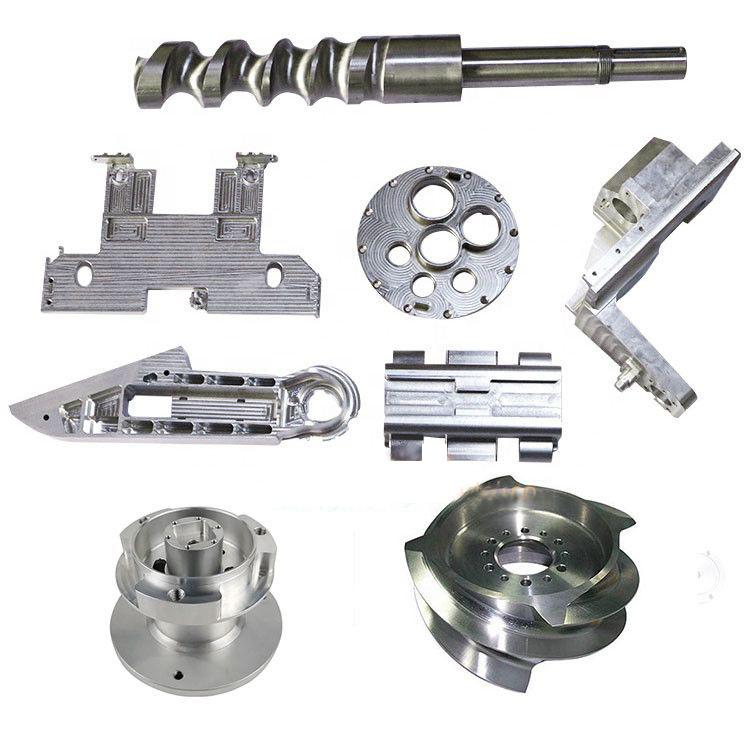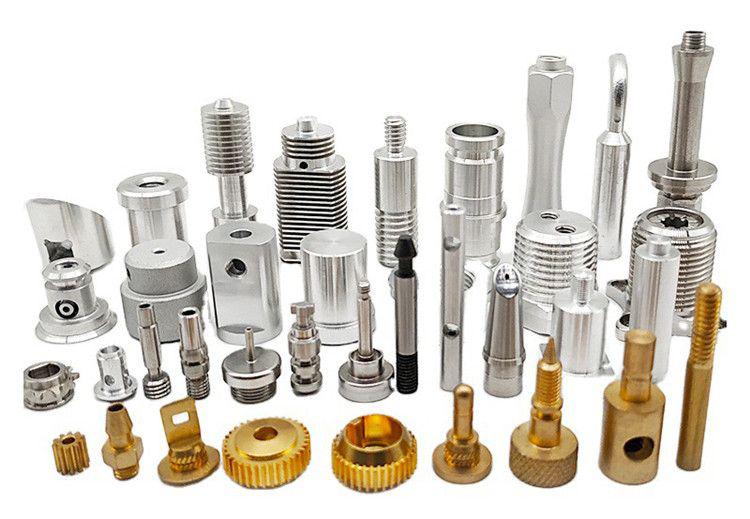
1. Casting: After pouring the melting metal into the casting, the cooling solidification becomes a process method with a certain shape of casting.
2. Plastic molding: Plastic molding refers to the machining method of parts or rough with metal materials through plastic deformation under the action of external forces, obtaining a certain shape, size and mechanical properties. Plastic machining can be divided into five types: forging, tienning, squeezing, extracting, and stamping.
3. Cutting machining: Use the cutting tool to cut the excess machining of metal workpieces on the cutting machine tool (or hand -made) to achieve the process of the specified shape, size and surface quality.
4. Welding machining: It is a process that makes full use of metal materials that can be melted under high temperature and make metals and metals connecting each other. It is an auxiliary means for metal machining.
5. Powder metallurgical: It is based on metal or metal powder (or mixtures of metal powder and non -metallic powder) as raw materials. After forming and sintering, the process technology of making metal materials, composite materials, and various types of products.
Sheet metal CNC machining is a hub technology that sheet metal technology staff needs to grasp, and it is also an important process for the forming of sheet metal products. It includes not only the traditional cutting and blanking, bending and pressing forming methods and process parameters, but also various cold metal stamping die structures and process parameters, various equipment working principles and operating methods, as well as new stamping technology and new Process Part of the metal plate machining is called sheet custom metal machining.

There are three major categories of sheet metal parts machining.
1. Tablet classes refer to general flat ruling components. These parts are produced according to the machining of various types of tailoring equipment. It has good quality, good performance, high production efficiency, and small production and investment. Related technical industries for production and machining of boards.
2. Bend parts, composed of bending or bending machining. Such metal parts are flexible and changeable, product hardness is strong, suitable for wide application of various connection parts, and various equipment machining and production industries with specific shapes.
3. Modeling parts are regular curved surfaces or free tab -type parts processed by stretching and forming. These metal parts are made of tablet rough through stamping and cutting processes. There is a essential difference. In the sheet metal machining method, stamping and deformation machining is the main machining method of deformation and bending to produce complex spatial location relationship in sheet metal parts. Other machining methods generally only produce raised or depression on the tablet, and the gaps, holes and edges. This feature must be paid attention to when establishing a sheet metal parts modeling system.
Assetprecision focus on providing and developing one stop metal solution in CNC, etching, punching, anodizing manufacturing which widely used in field of toys, electronics, intelligent component, pilotless aircraft and vehicle.


 +8613538580966
+8613538580966

